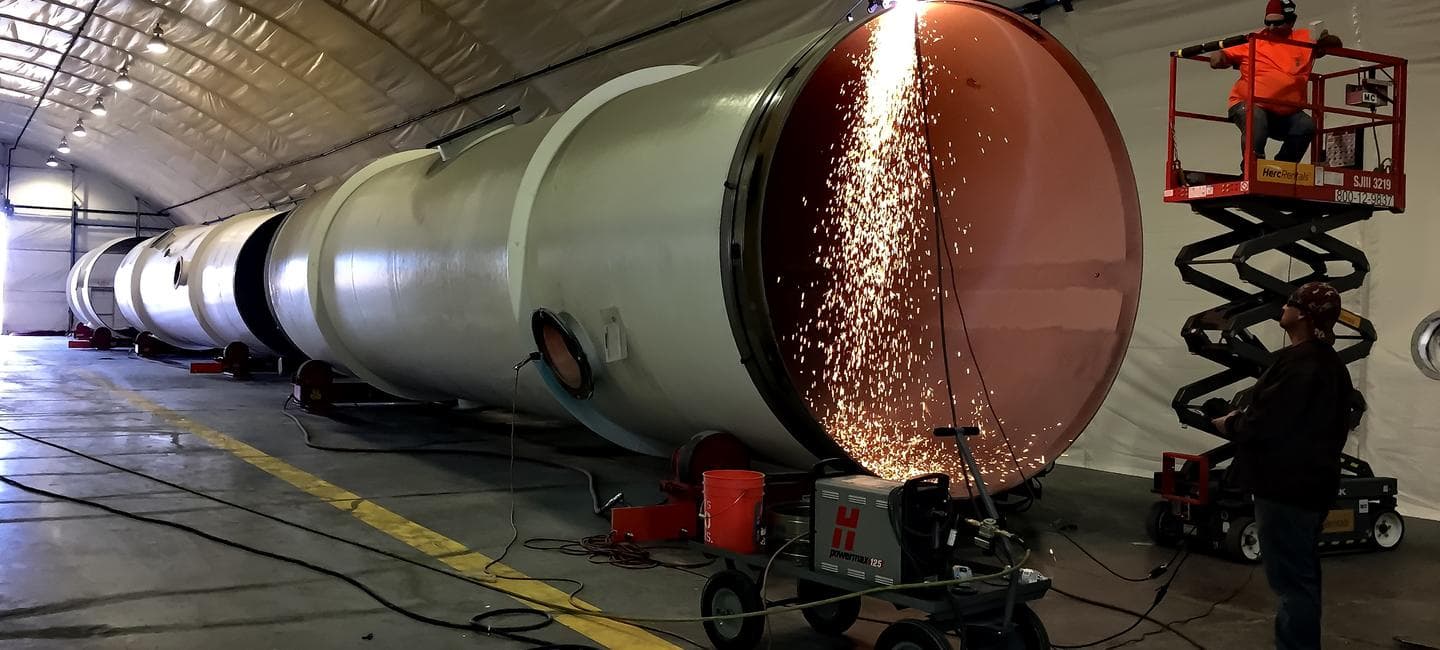Route Planner
In May 2016, Hyperloop One kicked off its Global Challenge, an open call for scientists and engineers to submit their proposals for where Hyperloop routes should be implemented. Now, the company has announced the ten winning teams.
Hyperloop One will now work with the groups that submitted these proposals to investigate how viable each route is. The full list of winners is as follows:
- US: Cheyenne-Denver-Pueblo
- US: Chicago-Columbus-Pittsburgh
- US: Miami-Orlando
- US: Dallas-Houston
- UK: Edinburgh-London
- UK: Glasgow-Liverpool
- Mexico: Mexico City-Guadalajara
- India: Bengaluru-Chennai
- India: Mumbai-Chennai
- Canada: Toronto-Montreal
"Our successful test this summer made Hyperloop a reality, and now we’re ready to bring our hyperloop system to the world," said Shervin Pishevar, the co-founder and executive chairman of Hyperloop One in a press release.
This contest has also fostered public-private partnership between Hyperloop One and the Colorado Department of Transportation (CDOT). With support from engineering firm AECOM, the two organizations will embark on a feasibility study in Colorado.
High Speed
The purpose of the Hyperloop One Global Challenge was very simple — to accelerate the preliminary work needed to bring about a practical implementation of the company's technology. Any of the ten proposed routes, or the partnership with CDOT, could potentially produce the first operational, publicly accessible hyperloop track.
When Elon Musk first published his Hyperloop Alpha paper in 2013, the idea seemed likely to be many years from becoming a reality. Last month, Hyperloop One CEO Robert Lloyd stated his intent, in an interview with The Next Web, to have at least three hyperloops completed around the world by 2021.
It's easy to see why the company is eager to push forward, as Musk is forging ahead with an alternative futuristic transport vision via The Boring Company. It seems more than likely that we'll see a functional hyperloop route sooner rather than later — the question is, who will be behind it?
Share This Article
